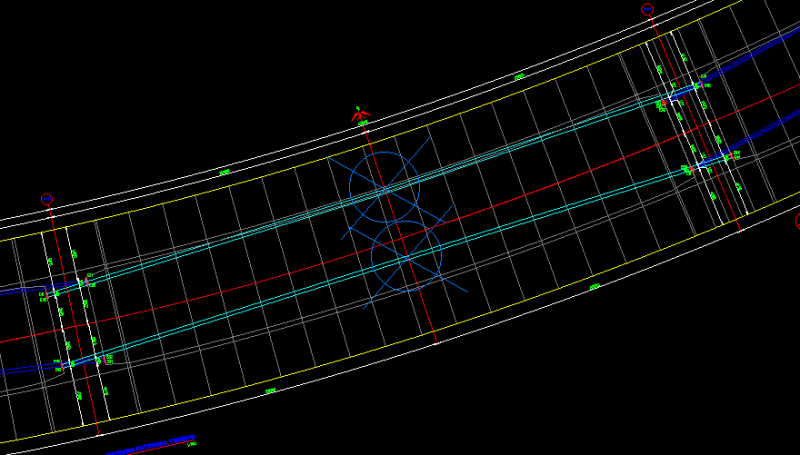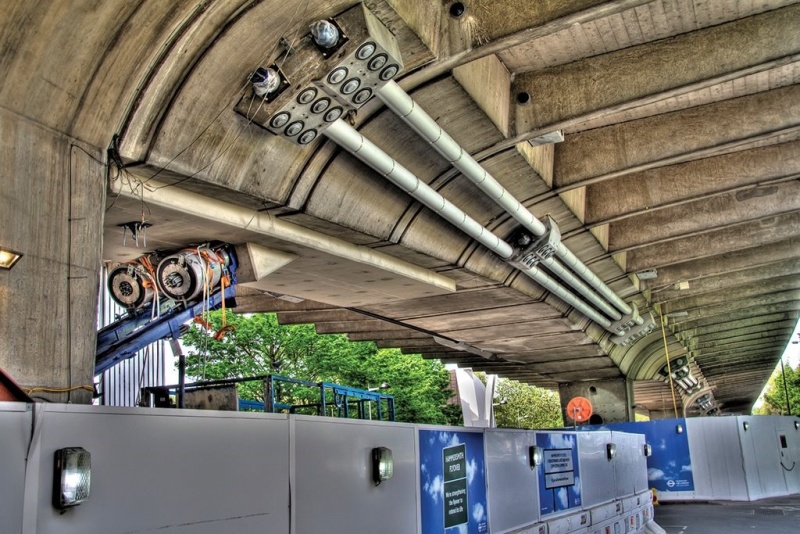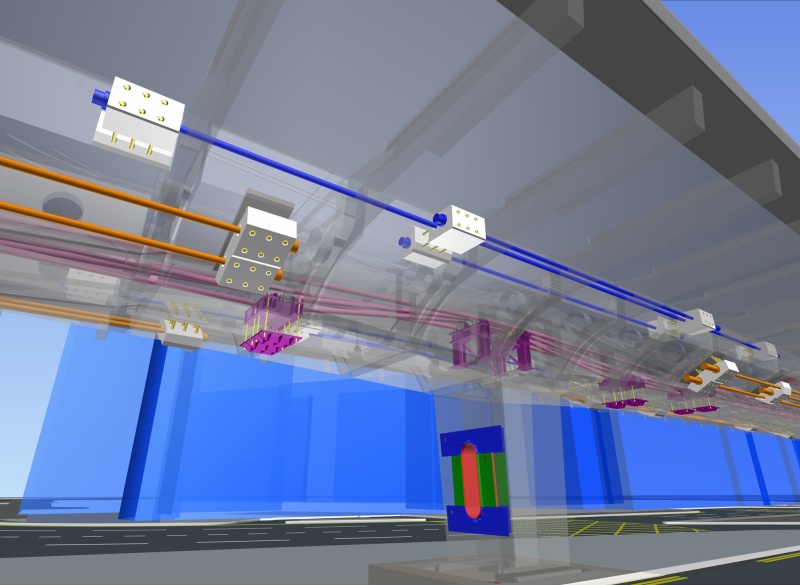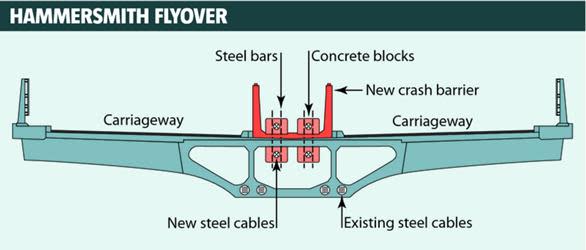otep_imported
Civil/Environmental
Hello Guys,
I just want your opinion about putting external tendons in horizontally curved box girder bridges. Is it feasible? The external tendons are straight in elevation. I think it may require many deviator. Will it be difficult to do in construction?. Can you please tell me the possible disadvantages of this?
Thank you very much
I just want your opinion about putting external tendons in horizontally curved box girder bridges. Is it feasible? The external tendons are straight in elevation. I think it may require many deviator. Will it be difficult to do in construction?. Can you please tell me the possible disadvantages of this?
Thank you very much





